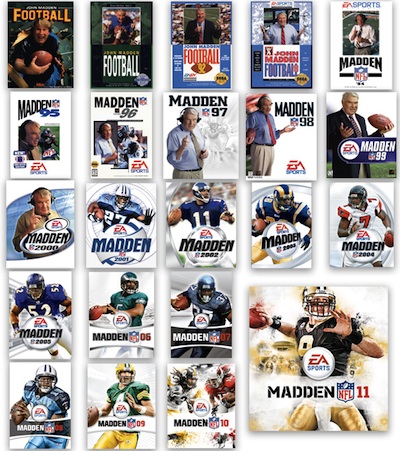From Robert E. Lauder’s interview with Woody Allen, “Whatever Works” (Commonweal: 15 April 2010):
Well, you know, you want some kind of relief from the agony and terror of human existence. Human existence is a brutal experience to me…it’s a brutal, meaningless experience—an agonizing, meaningless experience with some oases, delight, some charm and peace, but these are just small oases. Overall, it is a brutal, brutal, terrible experience, and so it’s what can you do to alleviate the agony of the human condition, the human predicament?
…
I’m really impotent against the overwhelming bleakness of the universe and that the only thing I can do is my little gift and do it the best I can, and that is about the best I can do, which is cold comfort.
…
I also feel that humor, just like Fred Astaire dance numbers or these lightweight musicals, gives you a little oasis. You are in this horrible world and for an hour and a half you duck into a dark room and it’s air-conditioned and the sun is not blinding you and you leave the terror of the universe behind and you are completely transported into an escapist situation. The women are beautiful, the men are witty and heroic, nobody has terrible problems and this is a delightful escapist thing, and you leave the theatre refreshed. It’s like drinking a cool lemonade and then after a while you get worn down again and you need it again.
…
there are these oases, and life is horrible, but it is not relentlessly black from wire to wire. You can sit down and hear a Mozart symphony, or you can watch the Marx Brothers, and this will give you a pleasant escape for a while. And that is about the best that you can do… I feel that one can come up with all these rationalizations and seemingly astute observations, but I think I said it well at the end of Deconstructing Harry: we all know the same truth; our lives consist of how we choose to distort it, and that’s it. Everybody knows how awful the world is and what a terrible situation it is and each person distorts it in a certain way that enables him to get through. Some people distort it with religious things. Some people distort it with sports, with money, with love, with art, and they all have their own nonsense about what makes it meaningful, and all but nothing makes it meaningful. These things definitely serve a certain function, but in the end they all fail to give life meaning and everyone goes to his grave in a meaningless way.
…
I feel that is true—that one can commit a crime, do unspeakable things, and get away with it. There are people who commit all sorts of crimes and get away with it, and some of them are plagued with all sorts of guilt for the rest of their lives and others aren’t. They commit terrible crimes and they have wonderful lives, wonderful, happy lives, with families and children, and they have done unspeakably terrible things. There is no justice, there is no rational structure to it. That is just the way it is, and each person figures out some way to cope…. Some people cope better than others. I was with Billy Graham once, and he said that even if it turned out in the end that there is no God and the universe is empty, he would still have had a better life than me. I understand that. If you can delude yourself by believing that there is some kind of Santa Claus out there who is going to bail you out in the end, then it will help you get through. Even if you are proven wrong in the end, you would have had a better life.
…
I didn’t see [Shane, from the movie Shane] as a martyred figure, a persecuted figure. I saw him as quite a heroic figure who does a job that needs to be done, a practical matter. I saw him as a practical secular character. In this world there are just some people who need killing and that is just the way it is. It sounds terrible, but there is no other way to get around that, and most of us are not up to doing it, incapable for moral reasons or physically not up to it. And Shane is a person who saw what had to be done and went out and did it. He had the skill to do it, and that’s the way I feel about the world: there are certain problems that can only be dealt with that way. As ugly a truth as that is, I do think it’s the truth about the world.
